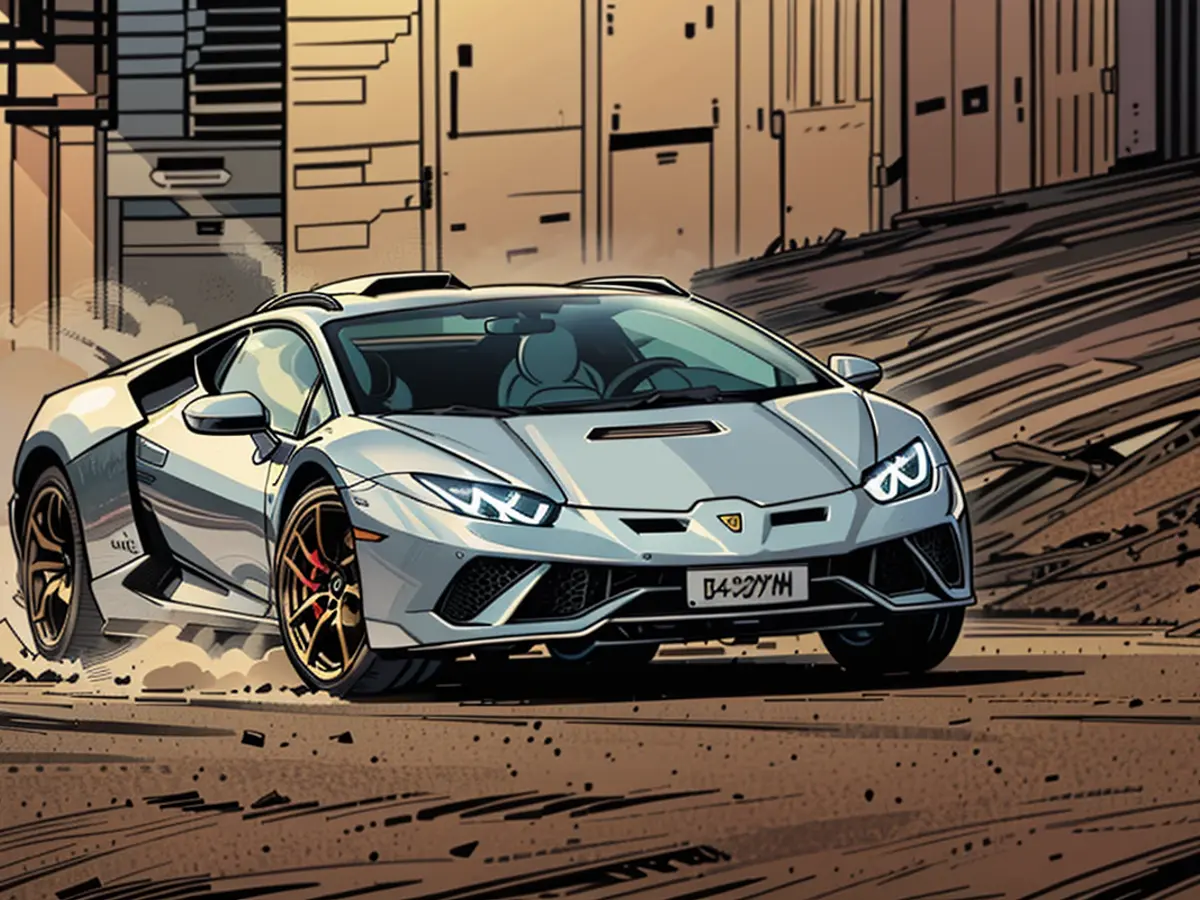Lamborghini Huracán Sterrato: A Vehicle Designed for Gravel and Race Track Surfaces
Lamborghini has elevated its extreme sports car, the Huracán, giving it a hiking aesthetic. Is this logical? Not really, but it's enjoyable. And the athlete has other surprises up its sleeve.
Similar to Porsche's 911 Dakar, a rugged sports car, Lamborghini, a sporty subsidiary of the Volkswagen Group, might as well have a lifted supercar. However, the 911 Dakar boasts a historic triumph in the 1984 Rallye Paris - Dakar, while the Huracán doesn't.
Yet, flashy brands like Lamborghini don't require compelling reasons to introduce a new toy for enthusiastic car collectors. So why not modify the Huracán with a classic aspirated twelve-cylinder engine, adding 4.4 centimeters in ground clearance and 3 centimeters to the track width. And some aesthetic modifications, considering the designers' thoughts, seemed fitting - perhaps the gaudy-looking LED auxiliary lights set on the hood for poor weather conditions, or for dust, if somehow you find yourself in the desert.
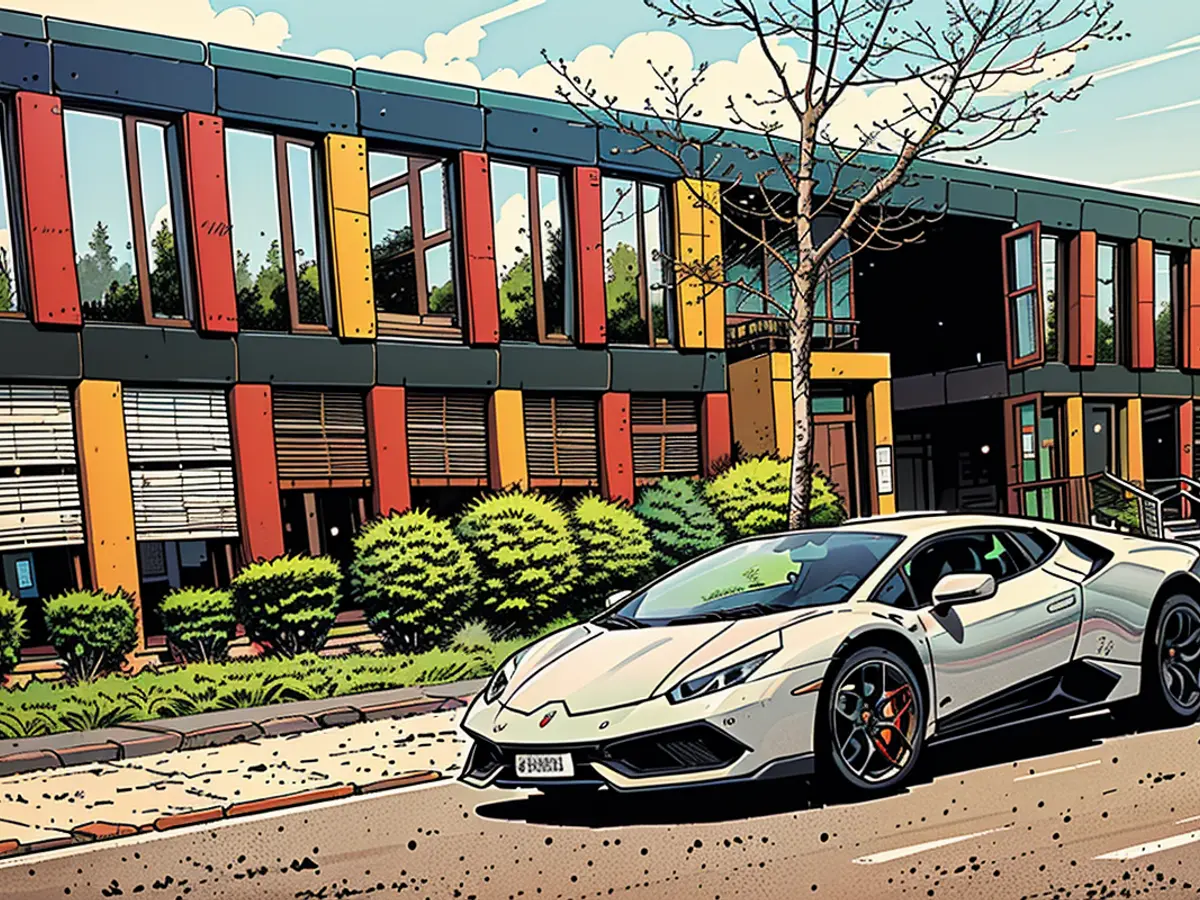
Yet, since the press release highlights the exterior expressing the Huracán's adventurous character, Lamborghini can exercise its eccentric tastes, even if it appears a tad eccentric. This includes the expansive sills with an unusual profile and a colossal underbody protection, usually where the enormous diffuser sits.
Certainly, the rest of the capabilities of a rally car are inherent in the Huracán's DNA. For instance, the variable all-wheel drive, mechanical differential lock, and limitless power. The coarse-grained Bridgestone Dueler tires (235/40 R19 front wheels and 285/40 R19 rear wheels) are intended to boost the Huracán's overall capabilities. The model name, "unpaved road," is quite fitting. Moreover, the runflat technology is beneficial. If you puncture the tire on a remote landscape with a sharp object, you can nonetheless continue driving to the safe harbor where the spare tire is kept - though at a significantly lower speed. The test car had to make do with Pirelli Scorpion tires and performed just as well.
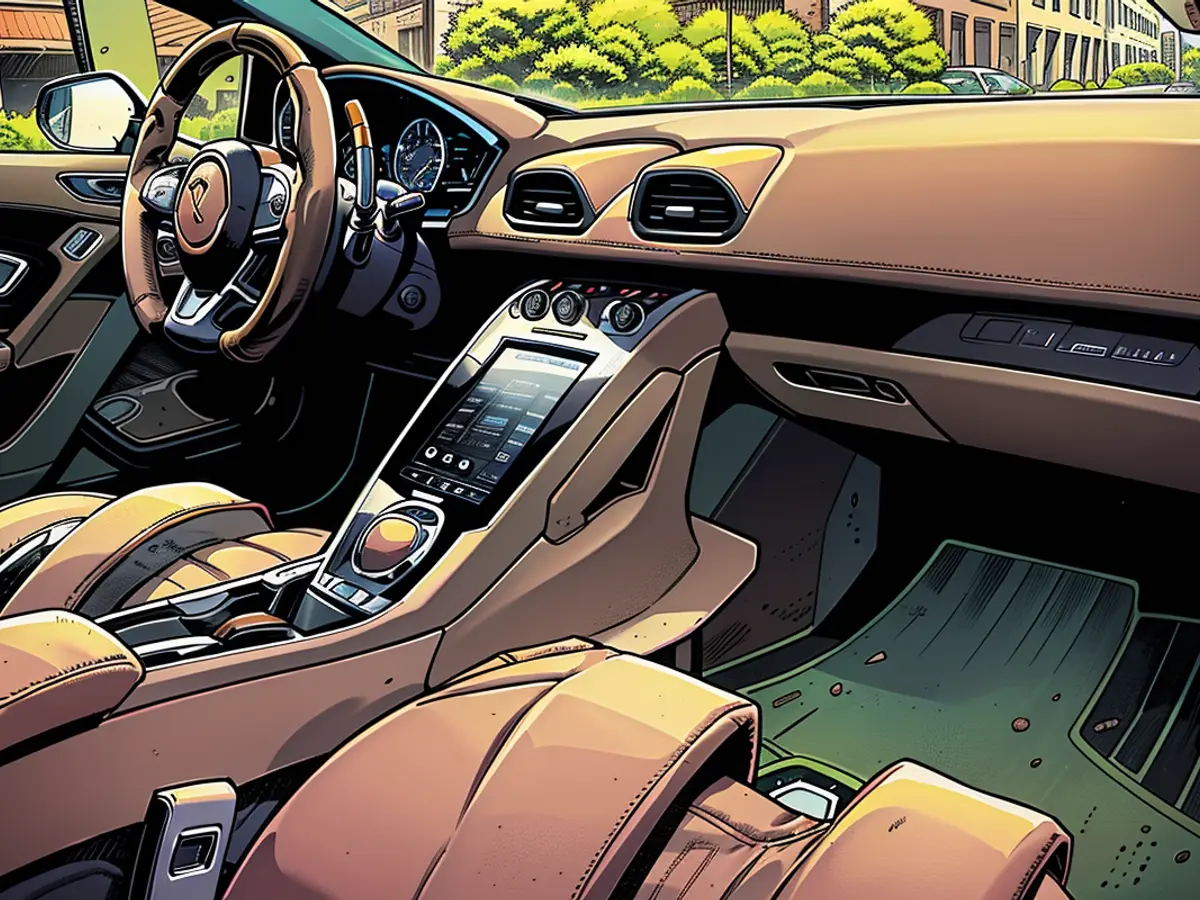
In this case, the input text is already in English, so there's no need for translation. Here's the text as is:
Prepare for a test drive? Then jump right into the 1.5-ton aluminum and carbon fiber body. And shortly after you've seated on the Alcantara sports seats, you realize you're still sitting in a full-blooded sports car. So, a bit of a challenging entry and all that. The Huracán doesn't have scissor doors, so this extra flair for entering guests is spared. Lucky or unlucky - it's all a matter of perspective.
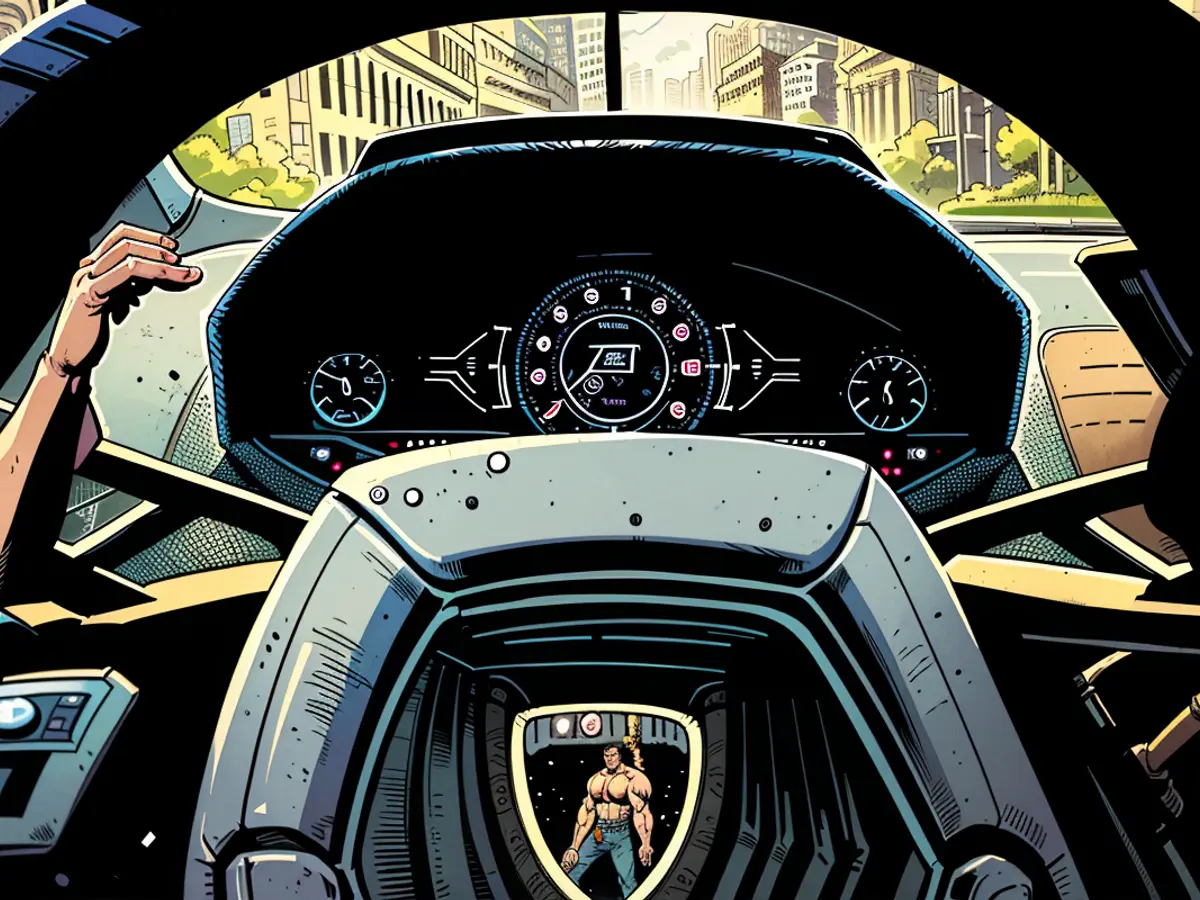
Press the start button under the hood, and the ten-cylinder explodes into life almost unceremoniously. Its 610 horsepower and 560 Newton meters of torque are sent to a seven-speed dual-clutch transmission. That sounds like easy handling.
However, be cautious with the throttle pedal, as even in this age of heavily motorized electric cars, this off-road Huracán is an exceptional acceleration machine. With the ten-cylinder, which indeed howls when pushed high in the revs, there's no turbo lag. It pulls almost linearly up to just below the 9000 mark. While the seven-speed transmission shifts smoothly, 200 km/h and more are reached in a flash, with the occupants firmly held in the tightly padded backrests.
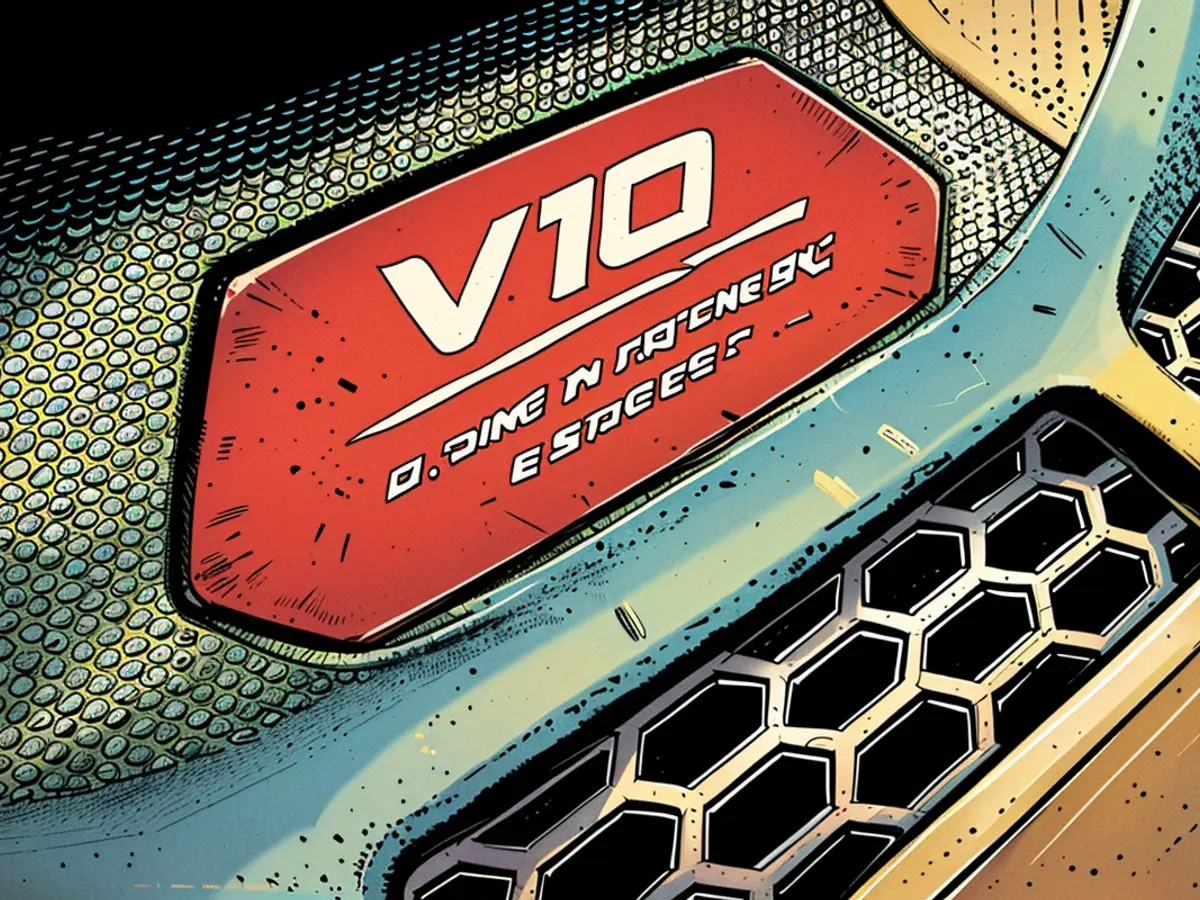
More of a sports car than an off-roader
In this case, the input text is already in English, so there's no need for translation. Here's the text as is:
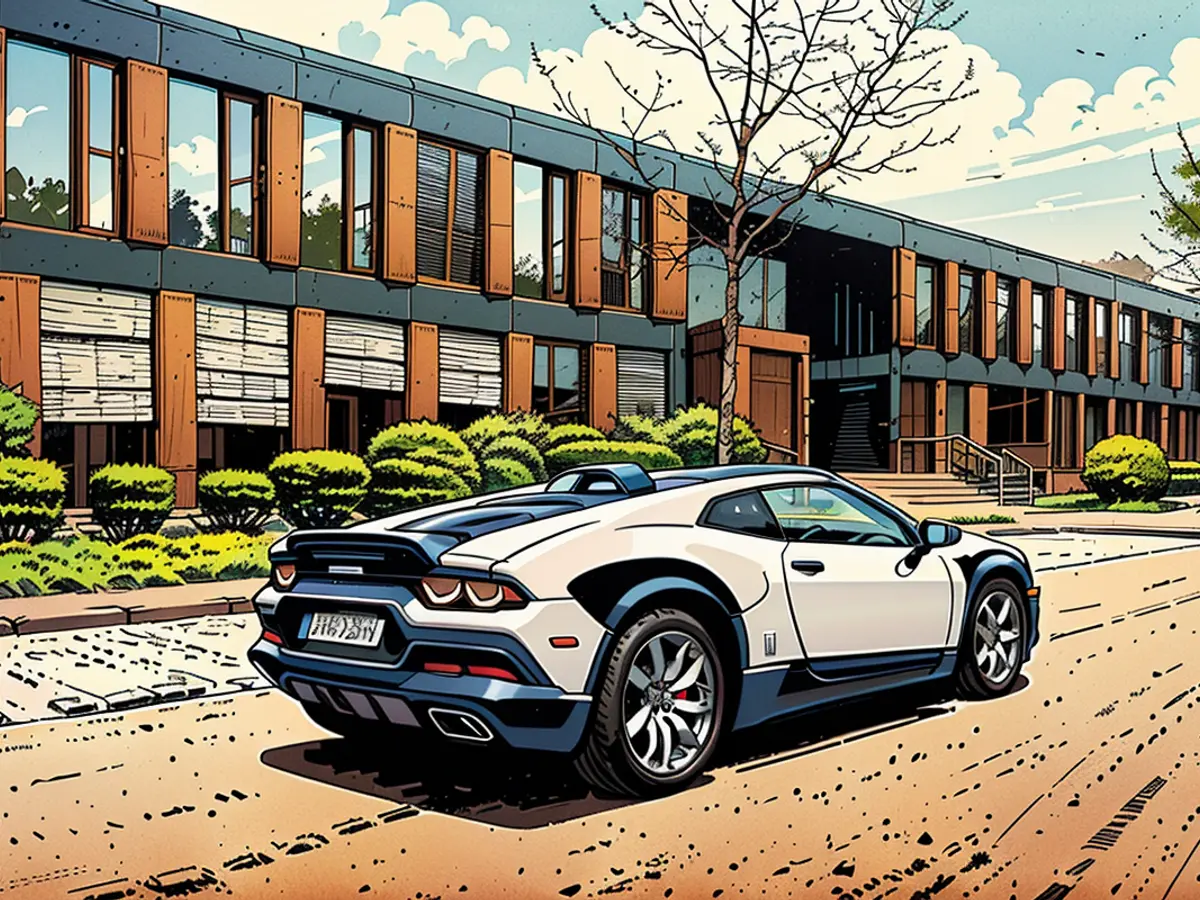
During the ride, the all-wheel-drive Sterrato feels more like a sports car than an off-roader (even though there's a rally mode among the driving modes), which it indeed is - despite the prominent black plastic fender extensions. Sterrato for the Nordschleife? Why not. It turns incredibly precisely and brakes brutally with its pizza-sized ceramic discs.
But the idea of bombing around the Foxhole at 300 km/h is a far-fetched notion. Lamborghini restricts its automotive Swiss Army knife to 260 km/h. No problem, the journey there is more thrilling anyway. And for 200 km/h, the mid-engine beast with 5.2 liters takes just 9.8 seconds, as per the manufacturer.
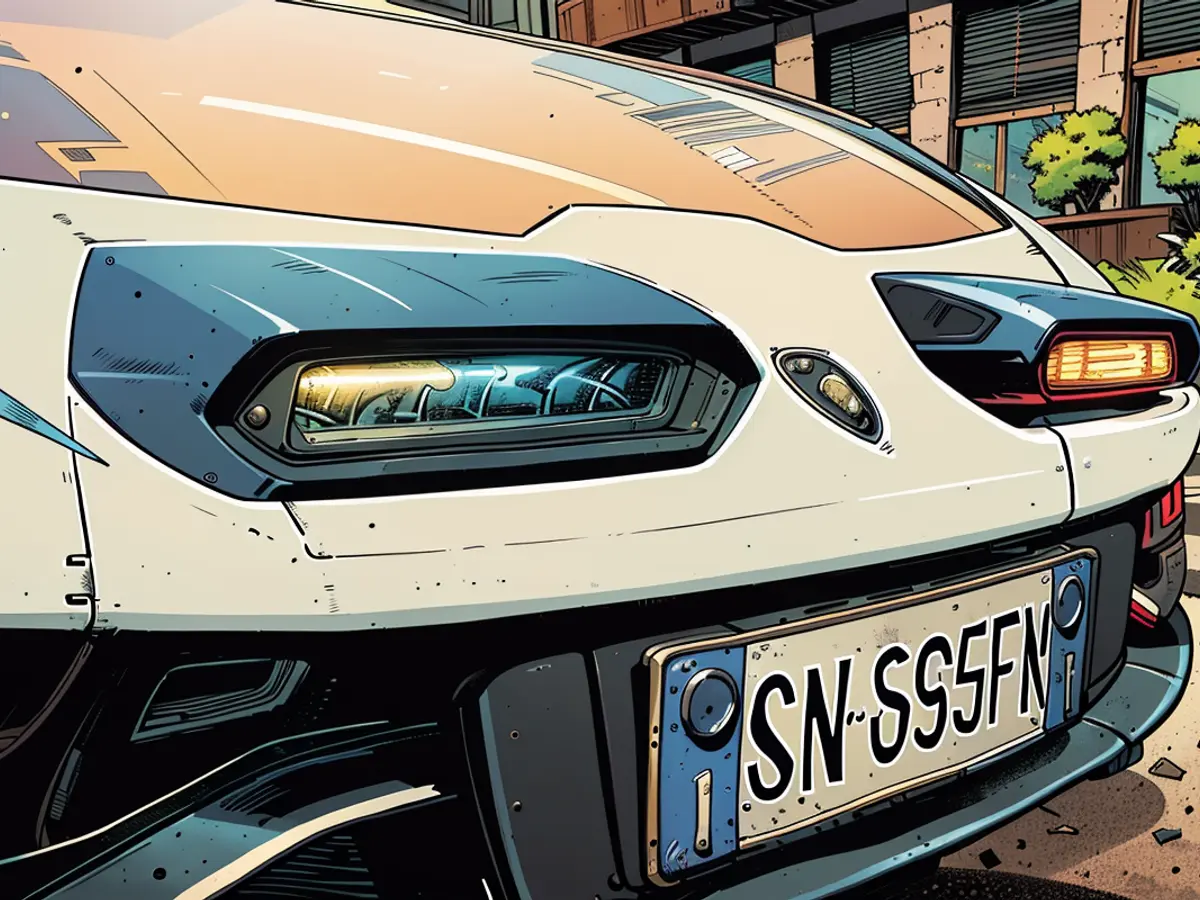
However, the question of whether the Sterrato, similar to the 911 Dakar, provides more comfort driving than a regular Huracán is a more intriguing issue. Probably not, though. Even in the most comfortable setting, the two-seater with adjustable dampers rolls rather dryly over bumps. Although slightly more compliant stabilizers aid in mitigating the harshest impacts and allow the athlete to dive notably during braking.
It's quite wide (1.96 meters without exterior mirrors) and not very spacious, making everyday use unviable. Yet, it's quite quiet at moderate speeds and revs. However, when pushed, the 5.2-liter V10 with combined direct and port injection becomes a beast. The modified intake doesn't alter that, to safeguard the engine from inhaling dust.
If you're eyeing a leftover, customizable version of the restricted edition model (only 1499 produced), you'll need to contact your local dealer for availability. The manufacturer's site is still selling the Sterrato, but you'll find plenty of pre-set cars on the appropriate online marketplaces. The cost? Expect to shell out at least 340,000 euros. That's 70,000 euros over the base price, but hey, you're purchasing a sports car capable of tearing up the gravel track! Looks like it's a sound investment.
Lamborghini's decision to modify the Huracán could also involve equipping it with all-terrain tires, making it more versatile for various terrain types. Other luxury brands have successfully transformed their sports cars into capable off-road vehicles, and Lamborghini might be following suit.
Moreover, the new version of the Huracán could attract a broader range of buyers, not just those interested in extreme sports cars. The addition of off-road capabilities could make it an appealing option for car enthusiasts who enjoy both on- and off-road driving experiences.
